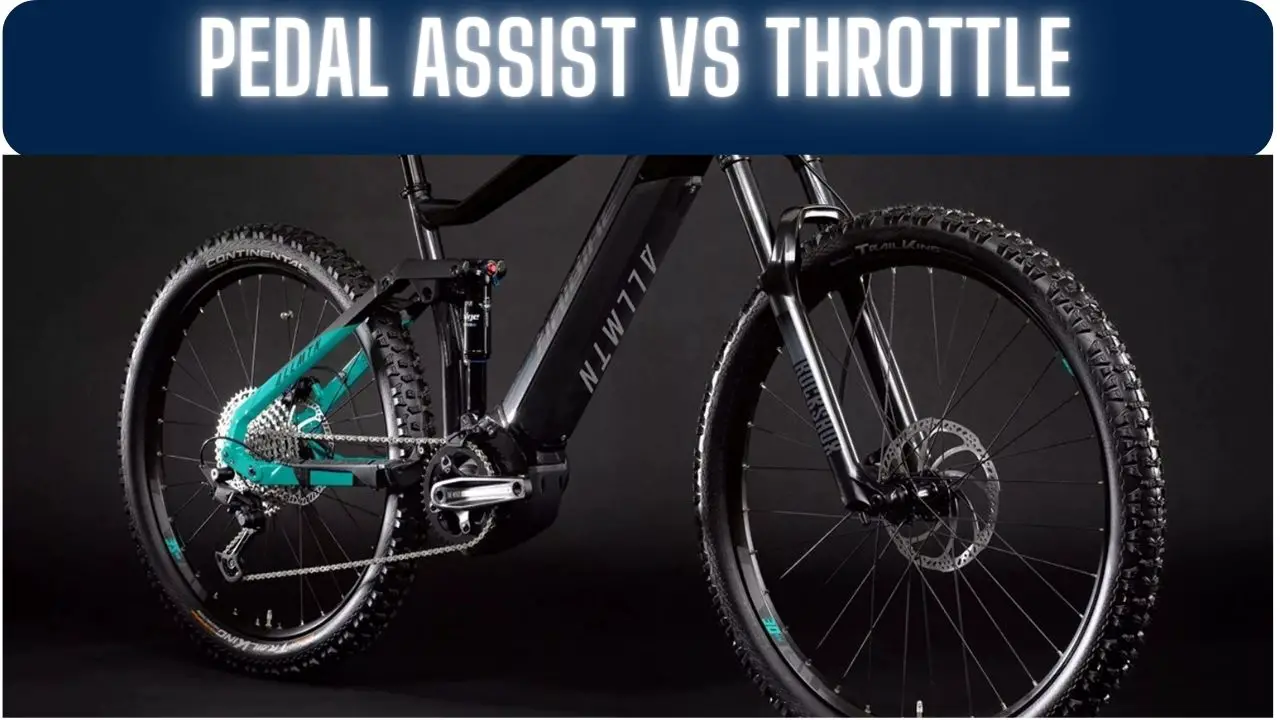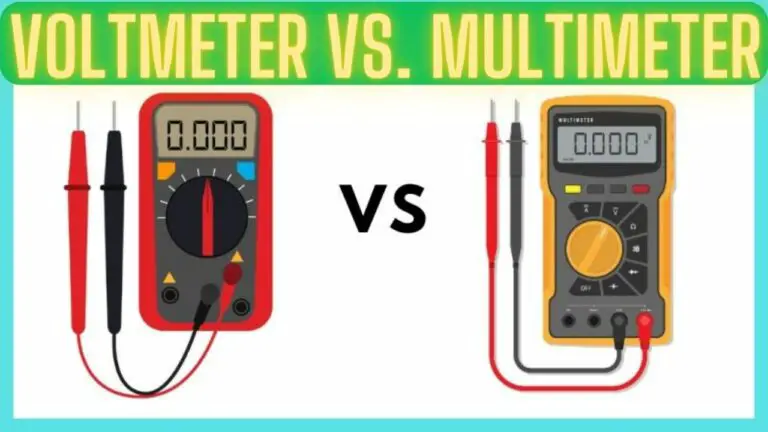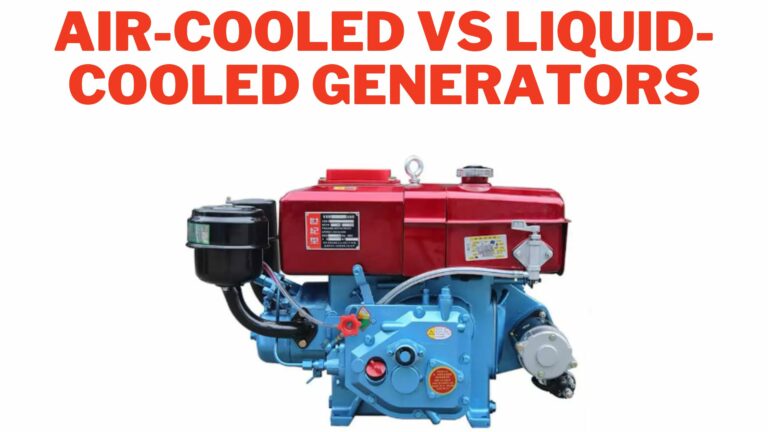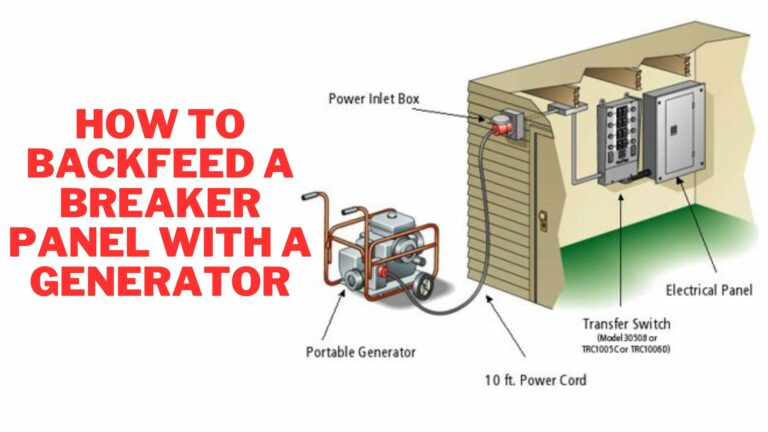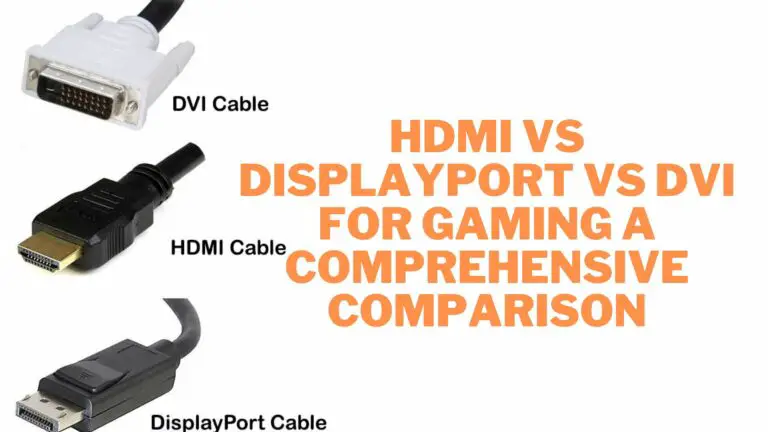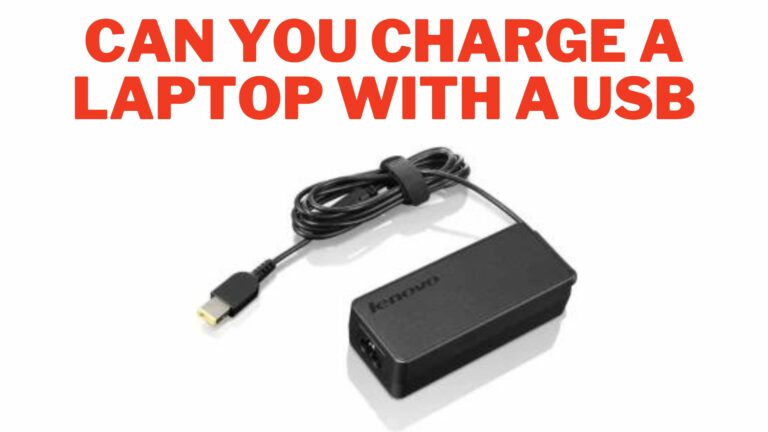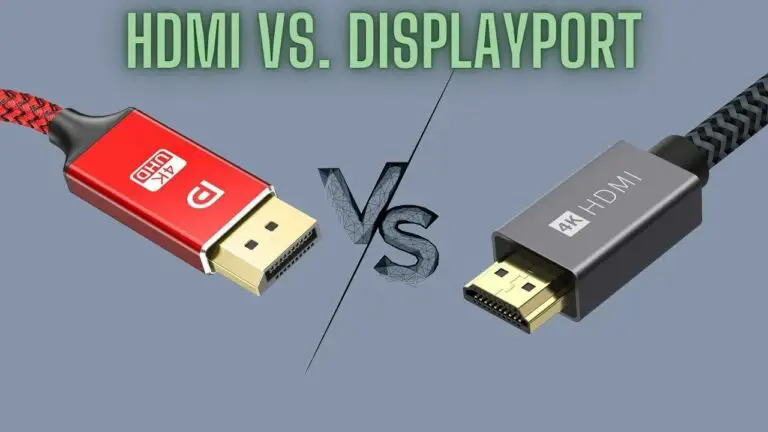Pedal Assist vs. Throttle: Choosing the Right Electric Bike System
Introduction
Electric bikes, also known as e-bikes, have revolutionized the way we think about commuting, leisurely rides, and even tackling challenging terrains. One of the key decisions when purchasing an e-bike is choosing between pedal assist and throttle systems. Both systems offer unique benefits and cater to different riding preferences, making it essential to understand their differences and advantages before making a choice.
What is a Pedal Assist (Pedelec) eBike?
A Pedal Assist eBike, also known as a Pedelec (short for “pedal electric cycle”), is a type of electric bicycle that features a motorized system designed to assist the rider’s pedaling efforts. This system is designed to provide additional power to make cycling easier, especially when tackling hills, covering long distances, or dealing with headwinds.
The key feature of a Pedal Assist eBike is that the motor’s assistance is directly linked to the rider’s pedaling input. As the rider pedals, sensors in the bike’s system detect the pedaling cadence (how fast the rider is pedaling) and the force applied to the pedals. Based on this input, the motor engages and provides varying levels of assistance. The level of assistance is often adjustable through different modes, allowing the rider to choose the amount of electric assistance they prefer.
Here’s how a Pedal Assist eBike typically works:
- Pedaling: When the rider starts pedaling, the sensors detect the pedaling motion and transmit signals to the motor controller.
- Motor Assistance: The motor controller processes the signals and determines the appropriate amount of electric assistance based on the rider’s pedaling effort and the selected assistance level.
- Gradual Power: The motor provides assistance gradually, in proportion to the rider’s effort. This creates a smooth and natural-feeling boost, similar to having a tailwind or extra strength while pedaling.
- Speed and Resistance: As the rider’s pedaling speed increases or decreases, the motor adjusts its assistance accordingly. If the rider stops pedaling or slows down significantly, the motor assistance decreases or stops.
- User Control: Riders often have the option to switch between different assistance levels using a control panel or display mounted on the handlebars. These levels can range from minimal assistance (closer to traditional cycling) to higher levels that provide more power.
Pedal Assist eBikes offer a more interactive and engaging riding experience compared to throttle-controlled eBikes, as the motor’s support is directly tied to the rider’s physical effort. This makes them well-suited for individuals who want to maintain an active lifestyle while still enjoying the benefits of electric assistance when needed. Additionally, Pedal Assist eBikes tend to have longer battery life and range compared to throttle-controlled eBikes, since the motor only operates when the rider is pedaling.
It’s important to note that regulations regarding Pedal Assist eBikes can vary by region, with different classifications and speed/power limitations. It’s recommended to familiarize yourself with local laws and regulations before purchasing and using a Pedal Assist eBike.
Pedal Assist System: Enhancing Your Effort
The pedal assist system, often referred to as PAS or pedelec, is designed to work in harmony with the rider’s pedaling motion. In this system, a sensor detects the rider’s pedaling cadence and force, and the electric motor kicks in to provide additional power in proportion to the rider’s effort. The level of assistance can usually be adjusted through different modes, allowing riders to choose the amount of motor assistance they want.
Advantages:
- Natural Riding Experience: Pedal assist mimics the feeling of traditional cycling, as the motor support is directly tied to the rider’s pedaling effort. This creates a more natural and intuitive riding experience.
- Extended Range: Since the motor only provides assistance when the rider pedals, e-bikes with pedal assist systems generally offer longer battery life and extended range compared to throttle-controlled bikes.
- Energy Efficiency: The pedal assist system encourages active participation from the rider, making it a more energy-efficient option. Riders can also choose lower assistance levels when they want to get more exercise.
- Regulations and Safety: Pedal assist systems often adhere to e-bike regulations more closely, making them more compliant with legal definitions of electric bicycles in many regions. Additionally, the gradual increase in power when starting from a stop can provide a safer and smoother acceleration experience.
What is a Throttle Controlled Ebike?
A Throttle Controlled eBike is a type of electric bicycle that features a motorized system operated by a throttle, similar to the throttle on a motorcycle or scooter. This system allows the rider to control the motor’s power output directly, without the need for pedaling. With a twist of the throttle, the electric motor engages and provides propulsion, allowing the bike to move forward without the rider having to pedal.
Key characteristics of a Throttle Controlled eBike include:
- Throttle Operation: The throttle is usually located on the handlebars and can be twisted or pushed to activate the motor. This provides instant power, and the bike accelerates without the need for pedaling.
- Instant Power: Throttle-controlled eBikes offer immediate and on-demand motor assistance. This can be particularly advantageous when starting from a standstill or when navigating through challenging terrains like steep hills.
- No Pedaling Required: Unlike Pedal Assist eBikes, Throttle Controlled eBikes allow the rider to propel the bike solely using the motor, without the need to pedal. However, some models may still offer the option to pedal if the rider chooses to do so.
- Simplicity: Throttle-controlled systems are straightforward to use and require minimal coordination between pedaling and motor engagement. This can make them suitable for riders who prefer a more leisurely or effortless riding experience.
- Flexibility: Riders can choose to engage the motor at any time, even without pedaling. This can be advantageous in situations where the rider wants to conserve energy, needs a quick burst of power, or simply wants to cruise without pedaling.
Throttle Controlled eBikes offer a different riding experience compared to Pedal Assist eBikes. They are particularly appealing to individuals who want the convenience of motorized propulsion without the need for extensive physical effort. These bikes can be useful for commuters, riders with limited mobility, or anyone looking to enjoy a relaxing ride without the requirement of active pedaling.
However, it’s worth noting that Throttle Controlled eBikes may have certain limitations in terms of battery life and range compared to Pedal Assist eBikes, as the motor can be used continuously without pedaling. Additionally, regulations regarding throttle-operated eBikes can vary by region, with different classifications and speed/power restrictions. As with any eBike, it’s essential to familiarize yourself with local laws before purchasing and using a Throttle Controlled eBike.
Throttle System: On-Demand Power
Throttle-controlled e-bikes, as the name suggests, utilize a throttle similar to those found on motorcycles. With a simple twist of the throttle, the electric motor engages, providing instant power without the need for pedaling. This system allows riders to cruise effortlessly without much physical effort.
Advantages:
- Instant Power: Throttle-controlled e-bikes are perfect for those who want to effortlessly accelerate or maintain a constant speed without pedaling. This is especially useful in situations where you need quick bursts of power, such as climbing steep hills.
- Simplicity: Throttle systems are easy to use and require minimal coordination between pedaling and motor engagement. This can be particularly beneficial for riders with limited mobility or those who prefer a more leisurely riding experience.
- Flexibility: Riders have the option to engage the motor without pedaling, which can be convenient in scenarios where pedaling is not desirable, such as when starting from a standstill or navigating through crowded areas.
Differences between Pedal Assist Vs Throttle Ebikes
Pedal Assist eBikes and Throttle Controlled eBikes are two distinct types of electric bicycles, each with its own set of features, benefits, and riding experiences. Here are the key differences between the two:
1. Method of Engagement:
Pedal Assist eBikes:
- Motor assistance is activated when the rider pedals.
- Sensors detect pedaling cadence and force, and the motor provides assistance proportionally to the rider’s effort.
- The rider’s pedaling is integral to engaging the motor.
Throttle Controlled eBikes:
- Motor assistance is activated using a throttle mechanism, similar to those found on motorcycles.
- The rider uses the throttle to control the motor’s power output, independent of pedaling.
- Pedaling is not required to engage the motor; the rider can use the throttle even when not pedaling.
2. Riding Experience:
Pedal Assist eBikes:
- Provide a more natural and engaging cycling experience, as the motor’s assistance is directly linked to the rider’s pedaling effort.
- Mimic the sensation of having a tailwind or extra strength while pedaling.
- Promote an active lifestyle and encourage exercise, as the rider needs to pedal to receive motor assistance.
Throttle Controlled eBikes:
- Offer instant and effortless acceleration with a simple twist of the throttle.
- Provide a more relaxed and leisurely riding experience, as the rider can cruise without pedaling.
- Ideal for individuals who may have limited mobility or prefer a more laid-back mode of transportation.
3. Energy Efficiency:
Pedal Assist eBikes:
- Tend to be more energy-efficient since the motor only provides assistance when the rider pedals.
- Longer battery life and extended range due to the reliance on the rider’s pedaling input.
Throttle Controlled eBikes:
- Can be less energy-efficient, as the motor can be used continuously without pedaling.
- Battery life and range may be shorter compared to Pedal Assist eBikes.
4. Regulations and Compliance:
Pedal Assist eBikes:
- Often adhere more closely to e-bike regulations and classifications in various regions.
- May be more universally recognized as bicycles, especially in areas with strict regulations for electric mobility devices.
Throttle Controlled eBikes:
- Can sometimes fall into a gray area in terms of legal classifications, depending on regional regulations.
- May be subject to more stringent rules due to the perception of similarities with scooters or motorcycles.
5. Use Cases:
Pedal Assist eBikes:
- Well-suited for individuals who want a natural cycling experience, exercise, and an extended range.
- Great for commuting, longer rides, and outdoor activities where physical effort is welcome.
Throttle Controlled eBikes:
- Ideal for riders seeking a more casual and effortless ride, particularly for short distances or situations where minimal exertion is desired.
- Convenient for quick errands or leisurely rides around town.
In summary, the choice between a Pedal Assist eBike and a Throttle Controlled eBike depends on your personal preferences, riding style, intended use, and local regulations. Pedal Assist eBikes offer a more interactive and active experience, while Throttle Controlled eBikes provide convenient and effortless power. It’s important to consider your individual needs and test ride both types of eBikes if possible before making a decision.
Choosing What’s Right for You
The decision between a pedal assist and throttle system ultimately depends on your riding style, preferences, and intended use of the e-bike.
If you’re looking to maintain an active lifestyle, enjoy a natural cycling experience, and prioritize energy efficiency, a pedal assist system might be the better choice for you. On the other hand, if you want effortless power and greater flexibility in when and how you use the motor, a throttle-controlled e-bike might suit your needs.
Before making a purchase, consider test riding both types of e-bikes to get a feel for their differences. Keep in mind your local regulations, as some regions may have specific rules regarding the classification and use of e-bikes based on their control systems. Regardless of your choice, both pedal assist and throttle systems contribute to making e-bikes a versatile and accessible mode of transportation and recreation.
Pedal Assist vs. Throttle FAQS
What is a Pedal Assist eBike?
A Pedal Assist eBike, also known as a Pedelec, is an electric bicycle that provides motorized assistance to the rider’s pedaling efforts. The motor engages in response to the rider’s pedaling cadence and force, offering varying levels of assistance based on the rider’s input.
How does a Throttle Controlled eBike work?
A Throttle Controlled eBike features a throttle mechanism that allows the rider to control the motor’s power output directly, independent of pedaling. By twisting or pushing the throttle, the rider can activate the motor and accelerate without the need to pedal.
Which one is easier to use for beginners?
Throttle Controlled eBikes are often considered easier for beginners, as they provide immediate power with the twist of a throttle. Pedal Assist eBikes require some coordination between pedaling and motor engagement, which might be less intuitive for some newcomers.
Do Pedal Assist eBikes require pedaling?
Yes, Pedal Assist eBikes require pedaling to engage the motor assistance. The level of assistance is determined by the rider’s pedaling effort and can range from minimal assistance to higher levels of power.
Can I ride a Throttle Controlled eBike without pedaling?
Yes, you can ride a Throttle Controlled eBike without pedaling. The motor is activated solely by using the throttle, allowing you to move forward without pedaling.
Which type offers a more natural cycling experience?
Pedal Assist eBikes offer a more natural cycling experience, as the motor’s assistance is tied to the rider’s pedaling effort. This mimics the feeling of traditional cycling with the added benefit of electric assistance.
Are there legal differences between the two types?
Pedal Assist eBikes tend to have an easier time conforming to e-bike regulations in various regions due to their direct link to pedaling. Throttle Controlled eBikes can sometimes be subject to stricter rules, as they resemble motorized vehicles like scooters.
Which type is better for longer rides?
Pedal Assist eBikes are generally better for longer rides due to their energy efficiency and extended battery life. The rider’s pedaling input contributes to the overall range, making them suitable for covering greater distances.
Can I get exercise with both types of eBikes?
Yes, you can get exercise with both types of eBikes. Pedal Assist eBikes allow you to choose the level of assistance, so you can still pedal and get a workout. Throttle Controlled eBikes enable you to pedal if desired, although they are more commonly chosen for leisurely rides.
How do I choose between the two types?
Consider your riding style, fitness level, preferred level of effort, intended use, and local regulations. If you want a more natural cycling experience and extended range, Pedal Assist might be better. If you prefer effortless acceleration and a more laid-back ride, Throttle Controlled eBikes might be your choice.
Conclusion
In conclusion, choosing between pedal assist and throttle control depends on individual preferences and intended usage. Riders who prioritize a natural biking experience, extended range, and exercise might prefer pedal assist. On the other hand, those who value convenience, effortless acceleration, or have mobility limitations may opt for throttle control. Ultimately, both systems have their merits, and the ideal choice varies from person to person.

